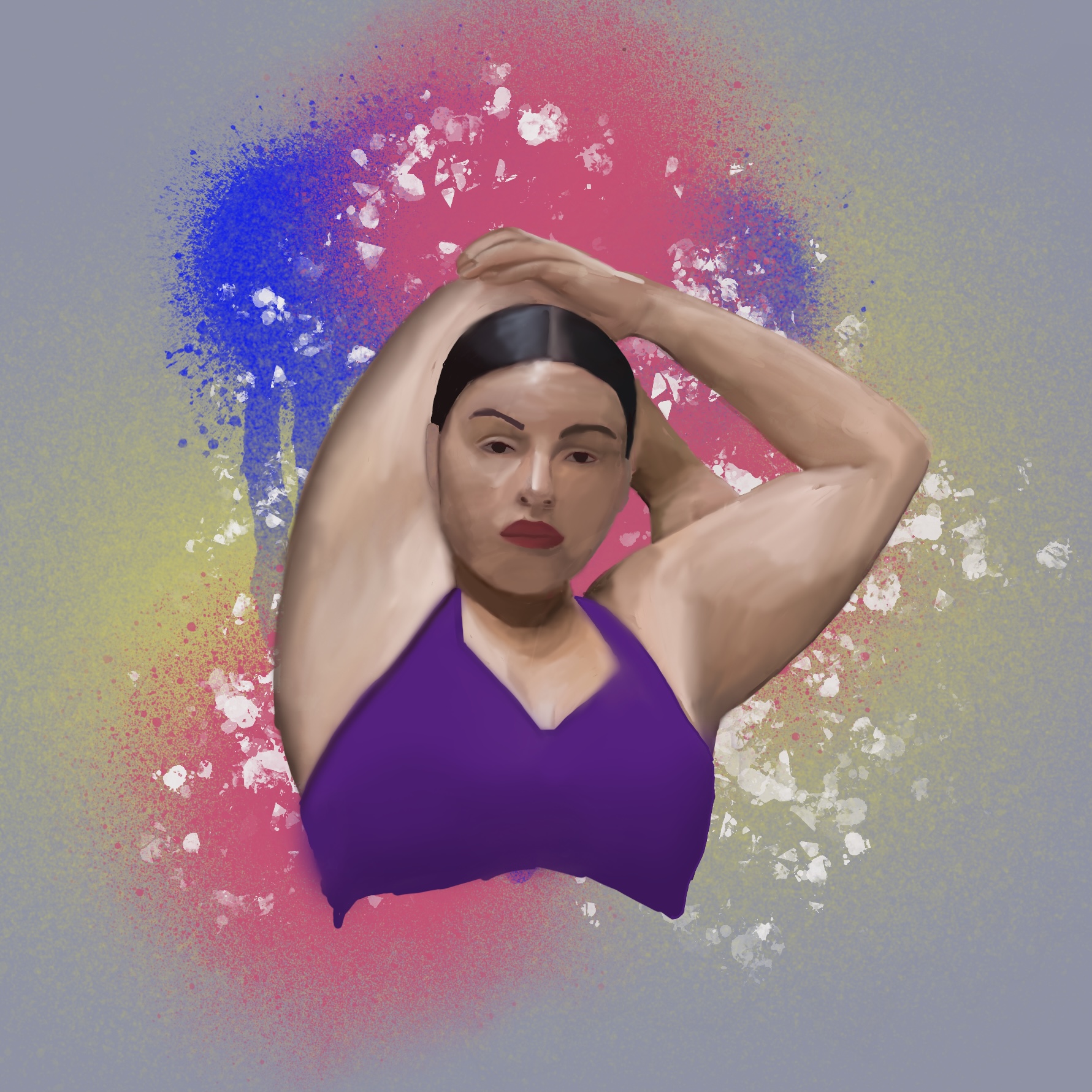
According to the Centers for Disease Control and Prevention (CDC), at least 50 million Americans live with chronic pain either caused by arthritis or other disorders. Many of which are women and the elderly. Depending on the ailment, pain management can be a struggle. Western medicine often has limited options that range from pain killers to surgery, and alternative medicines of herbs and acupuncture do not always work for everyone. However, there is a natural form of pain management that can be easily added to people’s routines: exercise.
Those with chronic pain often struggle to function, let alone try to find the energy or ability to be active. Despite that, exercising can be one of the best ways to manage pain. According to multiple studies, including findings from the CDC and Mayo Clinic, in general, exercise alleviates anxiety, releases endorphins and promotes faster metabolism and better sleep. With chronic pain, doctors and studies discussed in segments from NPR encourage exercise as it reduces stiffness in the joints and muscles, in addition to activating the part of the brain that controls pain.
According to the Mayo Clinic, cardio is one of the best forms of exercise for people with chronic pain as it relieves pain, decreases blood pressure and improves brain function. This may include a run outside, on the treadmill, using an elliptical or even wrestling. However, these activities can increase lactic acid build-up, therefore causing more soreness. Although medium to hard cardio has its benefits, it is not the be-all and end-all of pain management. That is why those with chronic pain often couple their more intensive routines with less strenuous activities like stretching.
Those with chronic pain are used to hearing advice from doctors and even well-meaning, unqualified people to do yoga or pilates. According to the Harvard Medical School, doing yoga can lead to better mobility. It is also accessible since postures can easily be modified for strength, experience and individual comfort levels. If yoga or pilates is causing immense pain — even more than usual — then it is most likely not being done correctly, and the poses might need to be adjusted. Examples of beneficial stretches are two pilates movements that can help relieve tension in the legs and abdominal region: the pelvic curl and cat-cow.
The pelvic curl entails laying down with knees bent and doing a slight lift and curl of the pelvis.
It looks like a modified bridge position and also utilizes the shoulders and feet for stabilization. The pelvic curl primarily stretches the gluteus muscles along with the hamstrings and lower back. This exercise is great for bringing the body into proper alignment and relieves tension in the pelvic region.
Breathing during this exercise is more crucial than the movement itself.
Cat-cow is a position taken from yoga where one will be in a horizontal position with their palms and knees on the floor like they are about to do a modified push up. Instead, a person should inhale and tilt their pelvis upward into the cow position and exhale downward by tucking their tailbone into the cat position. In the pilates course offered by Lewis & Clark, the position is modified into cat then a more neutral position, but the movement itself has similar benefits that include improved circulation, balance and comfort in the back and spine.
For some, Western medicine has failed to ease their chronic pain, so they need to approach their health more holistically. Exercise has proven to be the most consistent method in managing pain, but finding the time and energy can be difficult. This is especially true for students who have busy academic and extracurricular schedules coupled with living in the chaos of a global pandemic. Nevertheless, planning time to sweat or do yoga or pilates provides some control over physical conditions, disorders and pain. Exercising, even doing so irregularly, can help with confidence and self-esteem.
If you cannot exercise because the pain is particularly bad on that day, that is perfectly acceptable. Not only does chronic pain impact physical health but emotional and mental health too. Exercise can also help relieve stress and clear the mind. Individuals with chronic pain have claimed in numerous studies that they are able to overcome the grief their conditions give them when consistently working out. Exercise gives them peace of mind. The study from the Harvard Medical School found that participants who did yoga, generally, had improved moods and psychosocial well-being.
I am an individual who lives with chronic pain and manages it by exercising. I cherish the moments I can exercise because I do not know what the next day holds. If chronic pain is controlling your life, consider getting out of bed and going for a run in the fresh air. Your chronic pain does not define you.
Subscribe to the Mossy Log Newsletter
Stay up to date with the goings-on at Lewis & Clark! Get the top stories or your favorite section delivered to your inbox whenever we release a new issue.

Leave a Reply